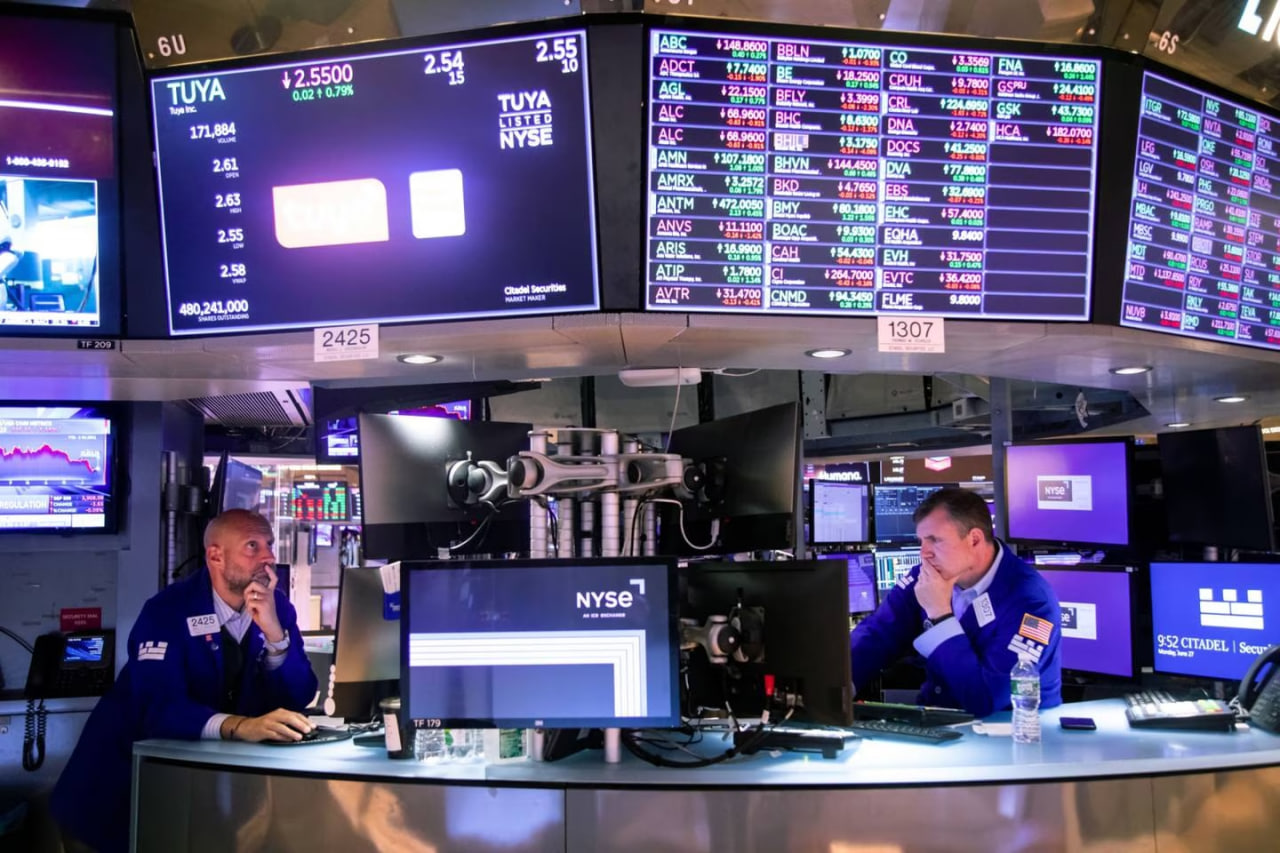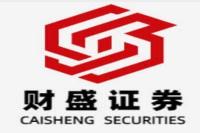SunPower's Plunge: A Look at the American Solar Giant's Troubles
Meta Description: SunPower's stock price has plummeted, raising concerns about the future of the American solar giant. Explore the reasons behind the decline, including financial difficulties, market challenges, and the company's restructuring efforts.
SunPower, once a shining star in the American solar industry, has been experiencing a dramatic downturn, leaving investors and industry watchers alike questioning its future. The company's stock price has plunged to record lows, reflecting a series of challenges that have cast a shadow on its once-promising trajectory. This article dives deep into the factors contributing to SunPower's struggles, offering a comprehensive analysis of the situation and its potential implications.
Financial Woes and Market Challenges
At the heart of SunPower's troubles lies a complex interplay of financial difficulties, market challenges, and strategic missteps. The company's recent financial performance has been dismal, culminating in a staggering 40% drop in its stock price, marking a new low in its history. This downturn has resulted in a shrinking market capitalization, with the company's value plummeting by more than two-thirds in the past year.
A series of red flags have emerged, signaling the severity of SunPower's predicament. The company's announcement that it would be discontinuing new lease and power purchase agreements, along with halting new installations, has sent shockwaves through the industry. This decision, according to analysts, signifies a desperate attempt to stem the bleeding and reflects the company's dwindling financial resources.
SunPower's financial woes are further compounded by the challenging market conditions it faces. The rising interest rate environment has significantly increased the cost of solar installations, making it less attractive for homeowners. Coupled with this, adjustments in net metering policies in key markets like California, SunPower's home state and the largest solar market in the US, have dampened demand for residential solar installations, further exacerbating the company's struggles.
Restructuring and a Shift in Focus
In a bid to address its mounting woes, SunPower has embarked on a series of restructuring efforts aimed at streamlining its operations and achieving financial viability. These efforts include a significant workforce reduction, a shift in focus away from residential installations, and the closure of direct sales operations.
The company's CEO, Tom Werner, has outlined a plan to pivot towards a more sustainable business model, focusing on areas where it can maintain profitability. This strategic shift involves streamlining its operations, exiting unprofitable ventures, and implementing tighter financial controls.
While SunPower's efforts to restructure and adapt to evolving market conditions are commendable, the question remains: will these efforts be enough to revive the company's fortunes? The answer hinges on the company's ability to navigate the challenging market landscape and capitalize on emerging opportunities.
SunPower's Legacy and the Future of the Solar Industry
SunPower's story serves as a cautionary tale about the challenges facing even the most established players in the solar industry. The company's struggles highlight the importance of adaptability, financial prudence, and strategic foresight in an ever-evolving market.
The solar industry, despite facing headwinds, remains a critical component of the global transition towards a sustainable future. SunPower's experience underscores the need for innovation, diversification, and a commitment to long-term sustainability to ensure the continued growth and success of the sector.
What's Next for SunPower?
The future of SunPower remains uncertain, with many analysts expressing skepticism about the company's ability to turn the tide. However, there is a glimmer of hope in the company's commitment to restructuring and its focus on key segments of the solar market.
SunPower's legacy, however, remains strong. As a pioneer in the solar industry, the company has played a pivotal role in the development and adoption of solar technology. Whether SunPower can regain its former glory remains to be seen, but its story serves as a valuable reminder of the complexities and challenges facing the clean energy sector.
FAQs
Q: What led to SunPower's stock price plummeting?
A: SunPower's stock price has plummeted due to a combination of factors, including financial difficulties, market challenges, and the company's restructuring efforts.
Q: What are the key market challenges facing SunPower?
A: SunPower is facing challenges such as rising interest rates, which have increased the cost of solar installations, and adjustments in net metering policies in key markets like California.
Q: How is SunPower restructuring its operations?
A: SunPower is restructuring its operations by streamlining its business, exiting unprofitable ventures, and focusing on segments where it can maintain profitability.
Q: What are the future prospects for SunPower?
A: The future of SunPower remains uncertain, but the company's commitment to restructuring and its focus on key market segments offer a glimmer of hope.
Q: What are the broader implications of SunPower's struggles for the solar industry?
A: SunPower's struggles highlight the challenges facing the solar industry, emphasizing the need for adaptability, financial prudence, and strategic foresight in an ever-evolving market.
Conclusion
SunPower's decline is a stark reminder of the unpredictable nature of the solar industry and the challenges faced by even the most established players. The company's future hangs in the balance, with its ability to adapt, innovate, and navigate the evolving market landscape being crucial to its survival.
As the solar industry continues to grow and evolve, the lessons learned from SunPower's struggles will undoubtedly inform the strategies and decisions of other players in the sector. The future of solar energy remains bright, but it is a future that will require resilience, adaptability, and a commitment to long-term sustainability from all stakeholders.



